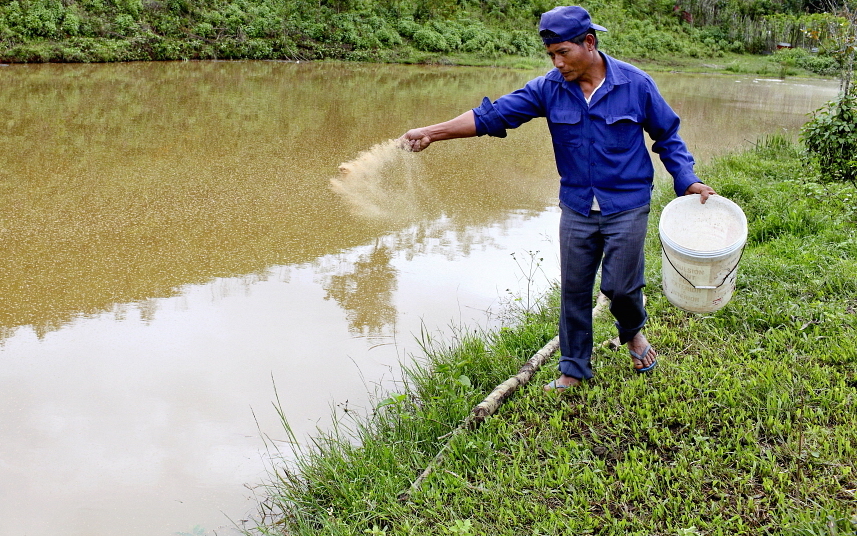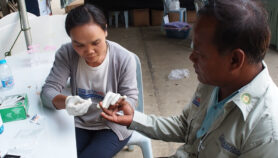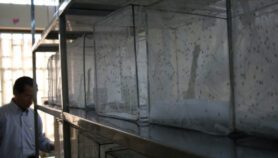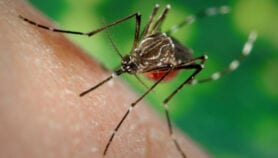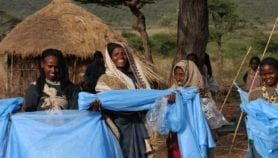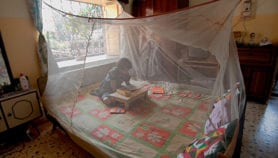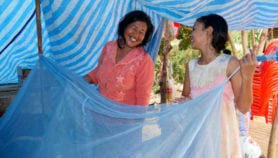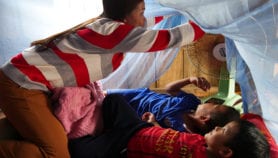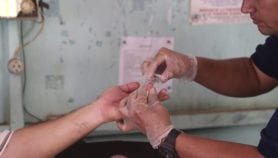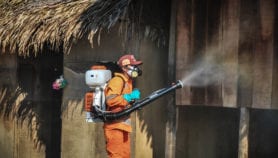Send to a friend
The details you provide on this page will not be used to send unsolicited email, and will not be sold to a 3rd party. See privacy policy.
[RIO DE JANEIRO] Fish ponds not adequately maintained serve as breeding places for Anopheles mosquitoes that carry malaria-causing larvae, says a recent study conducted in the Brazilian Amazon.
Communities located at a distance of up to 100 metres from the banks of a fish farm in the state of Acre had an unusually high number of malaria cases, notes the study, published in PlosOne (11 September).
The research findings, which can also be of interest to other regions with a tropical climate where fish farming abounds such as the Asia-Pacific, reveal more than 800 malaria cases for every 1,000 inhabitants, based on data collected from 55 river banks that were assessed nine times.
Biologist Claudia Codeço, one of the authors of the study, notes that banks with dense surrounding vegetation had up to four times the quantity of larvae of Anopheles mosquitoes.
“In ponds used for commercial purposes, we verified that the risk increases when more than 65 percent of the border is vegetation,” she tells SciDev.Net.
Vegetation floating in the water and located in the surroundings create favourable conditions for the appearance and development of Anopheles mosquitoes, which lay their eggs in uncontaminated water, in the shade and in vegetation on the banks.
“Only newborn fish feed on mosquito larvae. But if there are lots of adult mosquitoes, the larvae grow much more quickly than the young fish.”
By Claudia Codeço, biologist
Codeço explains that the dense vegetation and the floating plants protect the mosquito larvae from fish that feed on it. “The vegetation becomes a hiding place for the mosquito larvae, which decreases the efficiency of larvivorous (larvae-eating) fish.”
She says the high number of adult mosquitoes and the limited number of juvenile fish in the ponds are other obstacles to the predatory role of fish.
“Only newborn fish feed on mosquito larvae. But if there are lots of adult mosquitoes, the larvae grow much more quickly than the young fish,” she points out.
Based on the findings of the study, Genilson Maia, an agronomist with the agriculture department in the state of Acre, says that the best form of prevention is also the most simple.
“Clean the borders, pull back vegetation that is in contact with the water,” something which the government has already been promoting but only to prevent dragonfly larvae which are strong predators of juvenile fish.
>Link to the full article in PlosOne
This article is based on an article originally published by SciDev.Net's Latin America and Caribbean desk.
References
PlosOne doi: 10.1371/journal.pone.0137521 (2015)


